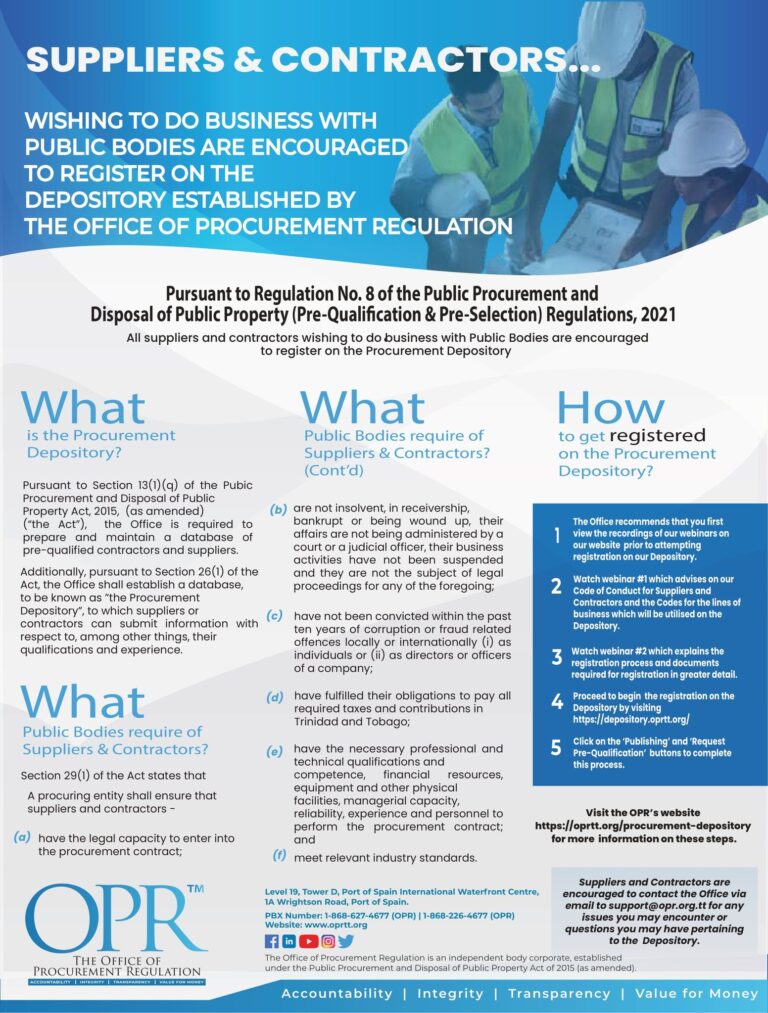CARIRI and COSTAATT Sign Historic Agreement to Drive Innovation and Entrepreneurship in Trinidad and Tobago
Trinidad and Tobago – March 20th 2024 The Caribbean Industrial Research Institute (CARIRI) and the College of Science, Technology and Applied Arts of Trinidad and Tobago (COSTAATT) today signed a Memorandum of Co-Operation (MOC) to establish a strategic partnership focused on science, technology, and innovation (STI)-driven programmes for entrepreneurial development.…










